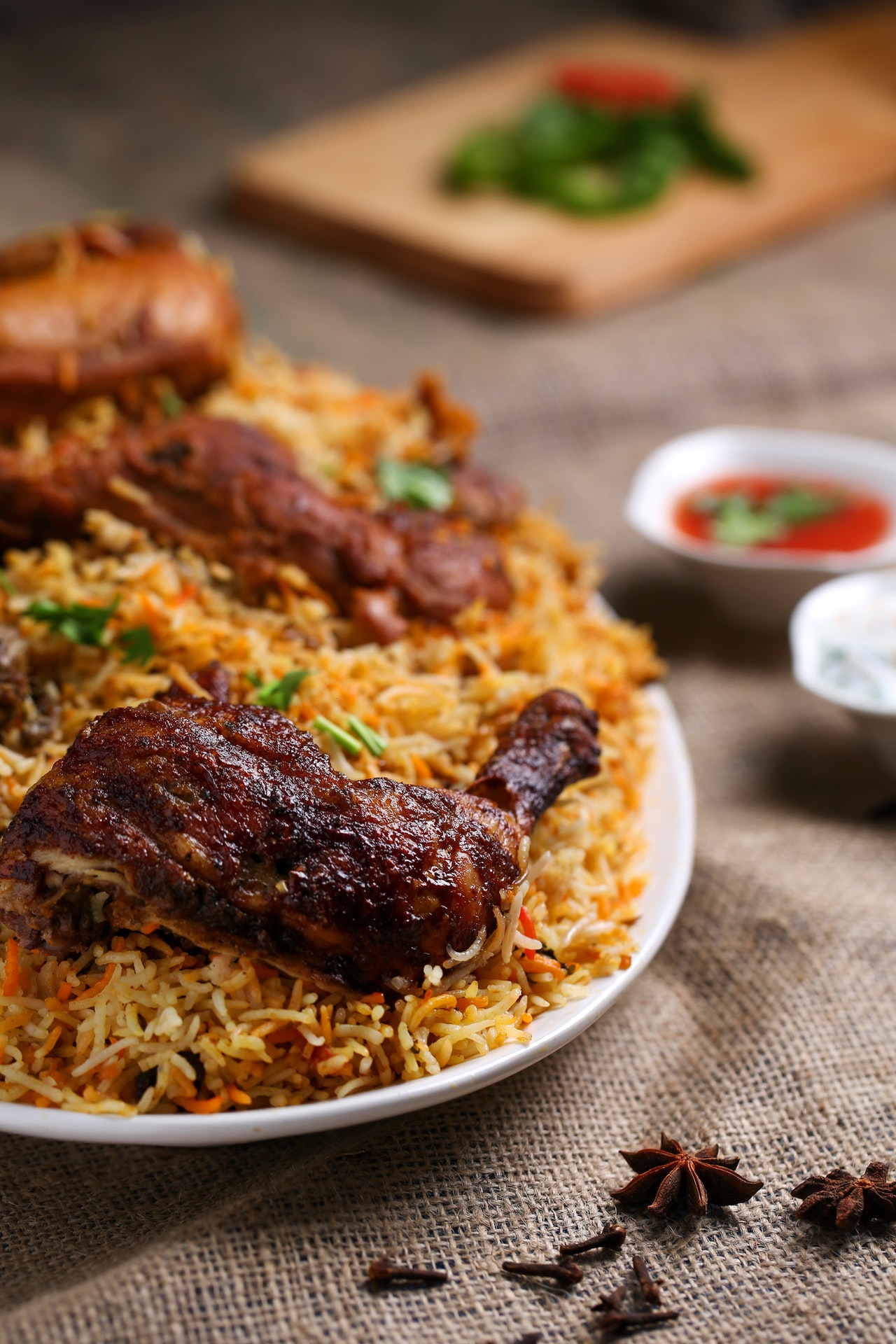Agriculture
Preparing A Pot Of Jollof Rice Is More Expensive In Abuja Than Elsewhere In Nigeria – SBM

The average cost of preparing a pot of jollof rice in Nigeria increased by 7.8% between March 2020 and March 2021.
An analysis shows that the most expensive place to cook Jollof rice in Nigeria is Wuse, Abuja.
This is according to the SBM Jollof index Q1 2021 report, published by SB Morgen. The Jollof index is a composite index that tracks the prices of the main ingredients used to prepare a pot of one of Nigeria’s primary delicacies – Jollof rice, for a family of six. This meal was selected because it has the near unrivalled distinction of being a delicacy in every part of the country.
In Abuja, food production is mainly undertaken by its neighbouring states Benue, Kaduna, Kogi and Niger, all of which have seen several attacks in the past few years, showing a decline in that dimension.
- The report revealed that the cost of making a pot of jollof rice is highest in Wuse, Abuja.
- Although food distribution has not been affected and unemployment rates are over 40%, but being the administrative headquarters of the government and most international NGOs, outreaches and food distribution are common.
“In all the states surveyed, out of a score of 50, the combined score ranged from 18-27 which shows a general decline in entitlements across the states and similar levels of severity. While Bauchi has a higher chance of getting food insecure, the other states are slightly above the borderline, showing a medium decline in their entitlement (ability to get food).
The average cost of making a pot of jollof rice in Nigeria rose by 7.8% between March 2020 and March 2021. This is contained in the SBM Jollof index report for Q1 2021, published by SB Morgen.
According to the report, the increase was caused by the prolonged border closure, increased energy tariffs, exchange rate volatility, coronavirus pandemic, and the restrictions of forex for the importation of items, largely due to falling oil prices.
Key Highlights of the Jollof Index
- Specifically, the average cost of making a pot of jollof rice in Nigeria increased from N7,167 recorded in Q4 2020 to N7400 in the first quarter of 2021. representing a 3.24% quarter-on-quarter increase.
- The cost of making a pot of rice is most costly in Wuse and least costly at Awka. The report, however, suggests that the disparity could be a result of operational costs rather than the actual cost of commodities.
- While it is possible for people in Awka to substitute buying some of the commodities with products from their subsistence agriculture, the same is not possible in Wuse, largely because of its very urban nature.
- The high exchange rate of N410/$1 to N475/$1 in the parallel market also adversely affected the price of jollof rice in the country as tomato puree, rice, turkey, and seasoning are affected by the exchange rates.
- Also, flooding destroyed several hectares of rice farms across the country. The report stated that up to 500,000 hectares of rice farms were destroyed in Kebbi State alone.
- The price of turkey has increased as a result of increased electricity tariffs which has forced increases in cold room costs.
According to the SBM Jollof report, “Our interviews with traders shows that transportation costs have not reduced since they were increased during the introduction of the COVID-19 protocols. One of the traders stated that she pays almost twice her former transportation cost prior to COVID-19, and the prices have not gone down even after drivers began to carry more passengers than permitted by the social distancing protocol.”
According to the report, in all the markets surveyed, the cost of making a pot of jollof rice increased in Awka, Calabar Municipal Market, Mbakpa, Onitsha, Port Harcourt and Trade Fair, while Balogun, Bauchi, Bodija, Dugbe, Kano, Nyanya and Wuse experienced a slight decrease.
- The South-South and South-East states experienced an increase in the cost of making Jollof rice, Northern states experienced a price reduction.
- The price decrease was attributed to the harvest period which usually forces prices of some commodities like onions and tomatoes down.
- It however suggested that this decrease may have failed to happen in the Southern part of the country because of the cost of transporting the goods down south and because of the price surge introduced by the food blockade.







